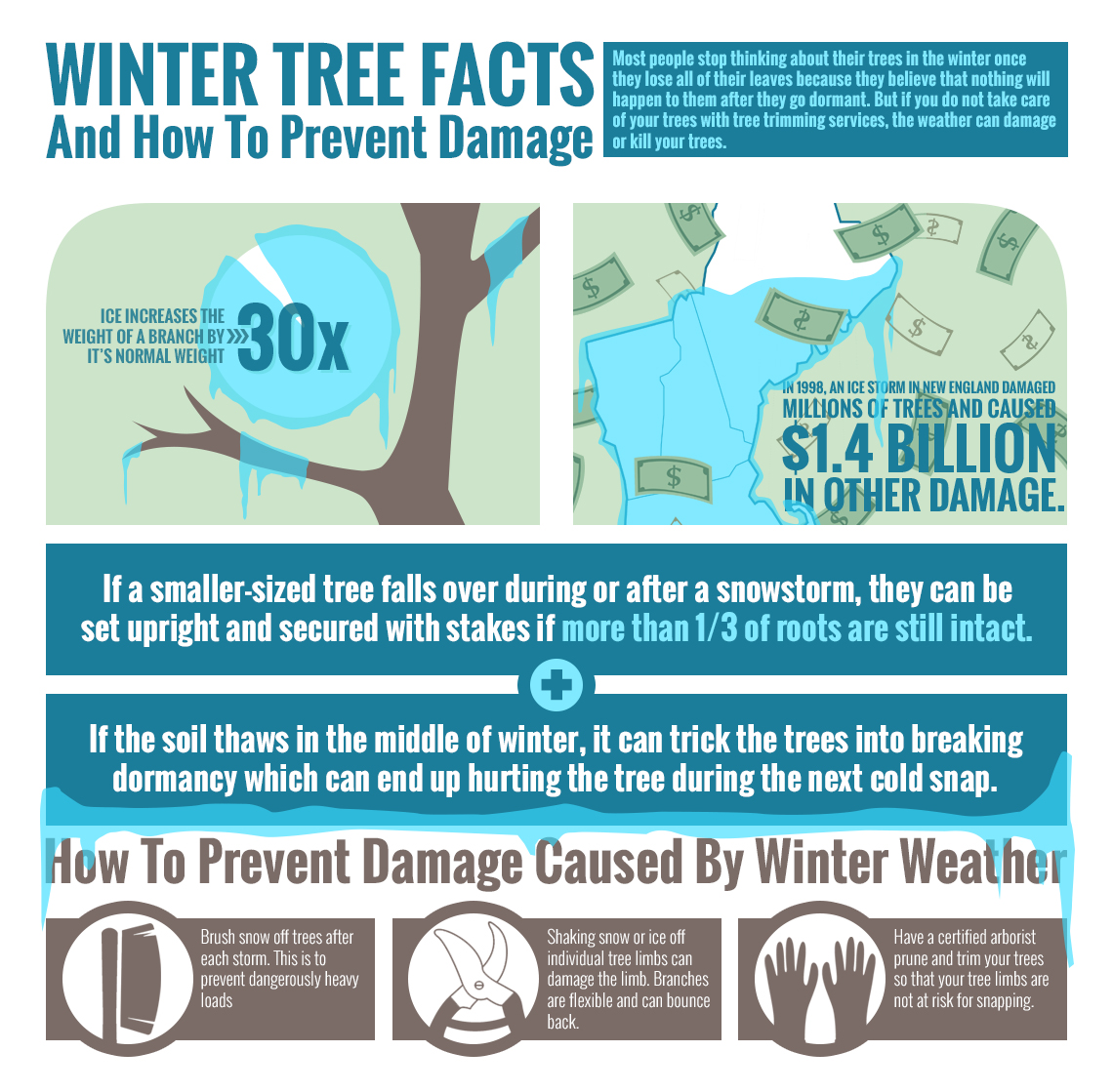Clues That Suggest Tree Elimination: Just How To Spot Hazardous Trees
Clues That Suggest Tree Elimination: Just How To Spot Hazardous Trees
Blog Article
Team Writer-Lillelund Goodman
When it involves tree treatment, recognizing the indications that it's time for elimination is vital for your safety and security and residential or commercial property. You may see stained fallen leaves, wilting branches, or strange fungal growths showing health issue. Architectural concerns, like a significant lean or splits in the trunk, can additionally present dangers. Comprehending these indication can aid you make notified choices about your trees and stop possible threats prowling in your yard. What should How To Prune Palm Trees seek next?
Signs of Decay and Illness
When you observe indicators of decay and condition in your trees, it's critical to act rapidly. Pruning A Hydrangea Tree for tarnished fallen leaves, wilting branches, or unusual developments like fungi. These can indicate that your tree is battling.
If you see cracks in the bark or soft, mushy wood, these signs suggest internal decay. Additionally, an abrupt rise in pests around your tree can signify that it's deteriorated and prone.
Look for any kind of dead or dying arm or legs, as they pose a danger to your residential property and safety. If you doubt about what you see, getting in touch with an arborist can supply clearness.
Resolving these signs early can save you from much more substantial damage and make sure the health of your backyard. Don't wait up until it's too late.
Structural Instability and Leaning
As you observe your trees, watch out for any type of indications of architectural instability or leaning. If a tree leans substantially, it may suggest that the root system is endangered.
Try to find any kind of cracks in the trunk or soil around the base; these can indicate potential failure. Furthermore, check for uncommon growth patterns, like a lopsided crown, which may suggest that the tree is having a hard time to hold itself upright.
If you notice that the tree leans toward your home, power lines, or other structures, it positions a higher risk. Do not overlook these indicators-- speak with an arborist to examine the circumstance.
Taking action early can prevent costly damage and ensure your safety.
Dead or Dying Branches and Vegetation
If you observe dead or dying branches and vegetation on your tree, it's a clear indicator that something's incorrect.
These undesirable locations can indicate underlying concerns like disease, bug invasions, or environmental stress. When branches shed their fallen leaves or turn brown, they're no longer contributing to the tree's health. Disregarding these indicators could bring about more decline, making your tree extra unsafe.
Dead branches can conveniently break short throughout tornados, positioning a danger to property and individuals close by. It's crucial to assess the extent of the damage.
If the issue influences a significant part of the tree, think about getting in touch with a specialist. They can assist identify if removal is essential to make certain safety and security and preserve the beauty of your landscape.
Conclusion
If you see any kind of indicators of decay, architectural instability, or dead branches on your trees, do not neglect them. These indicators can present severe safety and security dangers to you and your building. It's constantly best to seek advice from a professional arborist that can offer a specialist evaluation of your trees. Doing something about it early can prevent crashes and expensive damages, ensuring your landscape stays safe and healthy. Keep in mind, it's better to be proactive about tree care than to wait on a catastrophe to occur.
